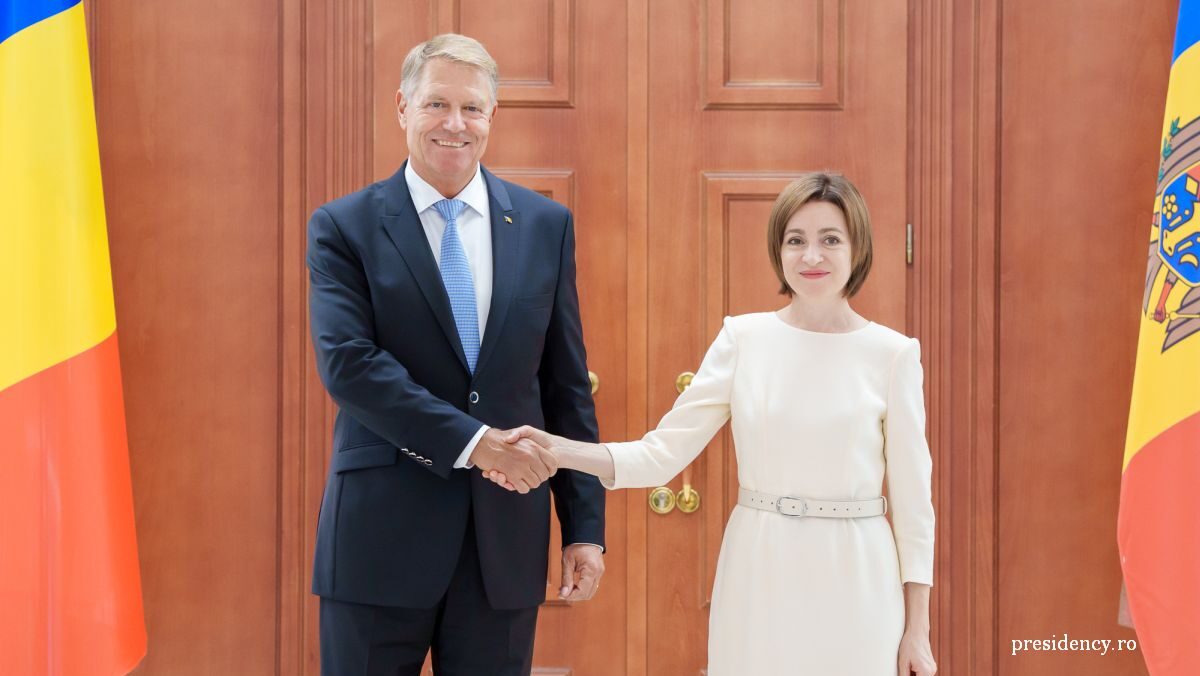The Consequences of a Stronger Dollar
The US dollar has gone up sharply, and by all estimations it will end up on a par with the European single currency, most likely towards the end of summer.

Corina Cristea, 20.03.2015, 13:25
The US dollar has gone up sharply, and by all estimations it will end up on a par with the European single currency, most likely towards the end of summer. This evolution comes against the backdrop of the new policy of the European Central Bank of making massive bond purchases, with the open purpose of re-launching the European economy. What are the implications for Romania, where the dollar is listed against the international Euro exchange rate?
Here with explanations is Ionut Dumitriu, deputy chairman of the Romanian Association of Financial and Banking Analysts: “The dollar is not listed directly on our currency market, but through the Euro-dollar exchange rate, where it had an ample evolution recently, in the context in which Europe has a monetary stimulation policy through massive injections of liquidities. At the same time, a rise in interest rates is expected in the US. Therefore, on the one hand, in Europe we have small or dropping interest rates, while in the US they are rising. These are the expectations of the market, which creates a stronger dollar against the Euro. In this context, we have implications when we talk about the leu against the dollar, and the implications for the Romanian economy are limited, in the context in which the dollar lost a lot once Romania came into the EU. On the foreign trade side, the products priced in dollars are mostly in the energy area, that of energy imports, and for fuels, we also have certain connection with the dollar through imported oil. In essence, the connection that the Romanian economy has with the dollar is rather low compared with 10 or 15 years ago, and is limited, I would say, especially to the energy and fuel areas. And here we have effects which can already be felt at the pump.”
What seemed to be an extraordinary appreciation of the dollar, is actually a pretty strong depreciation of the Euro, which suggests that at present the Euro and all European economic policies are in a pretty sensitive context, according to professor Radu Musetescu, head of International Economic Relations with the Bucharest Academy of Economic Studies.
Radu Musetescu: “In the last few years it seemed that the US dollar was falling due to all the challenges that the United States has been facing, from wars to elections and gridlock between Democrats and Republicans, but paradoxically others make bigger mistakes that the US, hence this renewed appreciation and relatively good position of the dollar. Also, what is very interesting in this global economy is China’s role. We have to point out that the entire Chinese economy and exports go through the American dollar, in my vision. In other words, the US dollar is a much more internationalized currency than the Euro or the Yen.”
What would be the consequences of this anticipated parity of the Euro and the dollar? In an interview with Radio Romania, analyst Valentin Ionescu, a former minister in the late 1990s, explained: “When the Euro matches the dollar, which is close, then we will see competition between European and American exports. We can clearly see that in the competition between exports of goods and services. Most American companies, as well as western, however, speculate and get money on foreign markets, where the main currency is the dollar, not the Euro, that’s the interesting fact. Therefore, two thirds of international trade is in dollars, not Euro, and most people get income in dollars. Therefore a stronger dollar would be a gain for some, a loss for others. And secondly, in exports you can hardly bet on cost competitiveness, at least in the EU-US bilateral relation. You definitely cannot rely on that.”
Economic analyst Ionut Dumitru, however, says that it is very difficult to predict where the Euro-dollar exchange rate will get: “It is hard to make a prognosis in a context in which the evolution in the last two weeks was hardly anticipated by anyone. It very much depends on the market’s expectations, and how the American Federal Reserve will manage the rise in interest rates, when the rise in interest rates will start and how they will manage the market’s expectations. There are estimates indicating parity between the Euro and the dollar in the upcoming period, which would basically mean a leu-dollar exchange rate close to the leu-Euro rate, but we are talking about expectations, prognoses with a certain degree of uncertainty. No one knows where the Euro-dollar exchange rate may lead over the upcoming period. There are premises indicating we may see a dollar stronger than the Euro.”
Romania’s trade with the EU amounts to 70% of its total trade, which means that the other markets together account for only 30%, Ionut Dumitru points out.






























